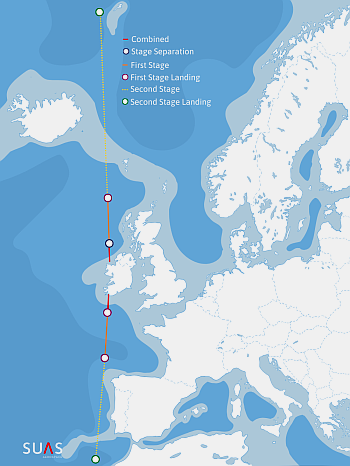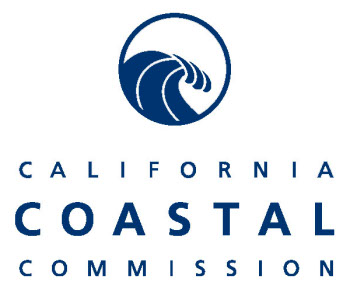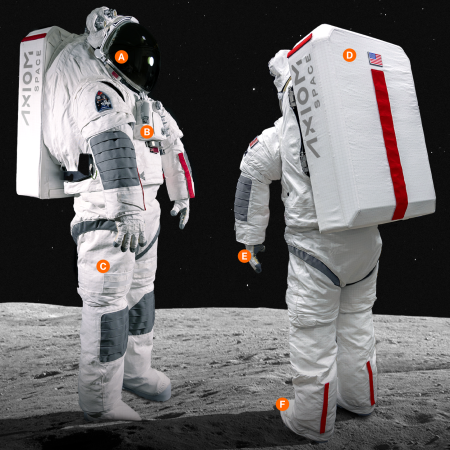SpaceX yesterday launched another 23 Starlink satellites
SpaceX yesterday successfully launched 23 more Starlink satellites, its Falcon 9 lifting off from Cape Canaveral in Florida.
While the video link above says 23, a UPI report said the launch placed 22 satellites in orbit. I have no idea which is right, as the number of Starlinks on these launches range from 20 to 23.
The first stage completed its 19th flight, landing on a drone ship in the Atlantic.
The leaders in the 2024 launch race:
105 SpaceX
48 China
11 Russia
11 Rocket Lab
American private enterprise now leads the rest of the world combined in successful launches 122 to 71, while SpaceX by itself now leads the entire world, including American companies, 105 to 88.
SpaceX yesterday successfully launched 23 more Starlink satellites, its Falcon 9 lifting off from Cape Canaveral in Florida.
While the video link above says 23, a UPI report said the launch placed 22 satellites in orbit. I have no idea which is right, as the number of Starlinks on these launches range from 20 to 23.
The first stage completed its 19th flight, landing on a drone ship in the Atlantic.
The leaders in the 2024 launch race:
105 SpaceX
48 China
11 Russia
11 Rocket Lab
American private enterprise now leads the rest of the world combined in successful launches 122 to 71, while SpaceX by itself now leads the entire world, including American companies, 105 to 88.




